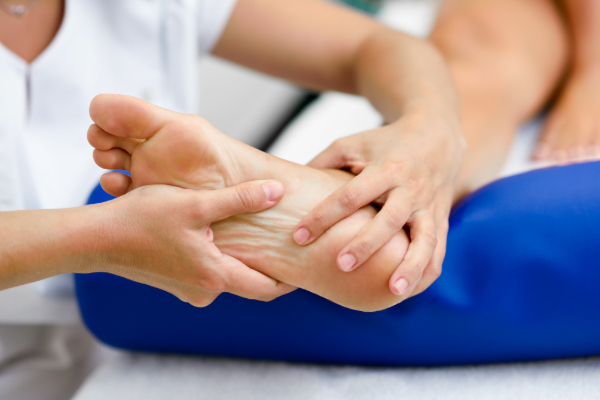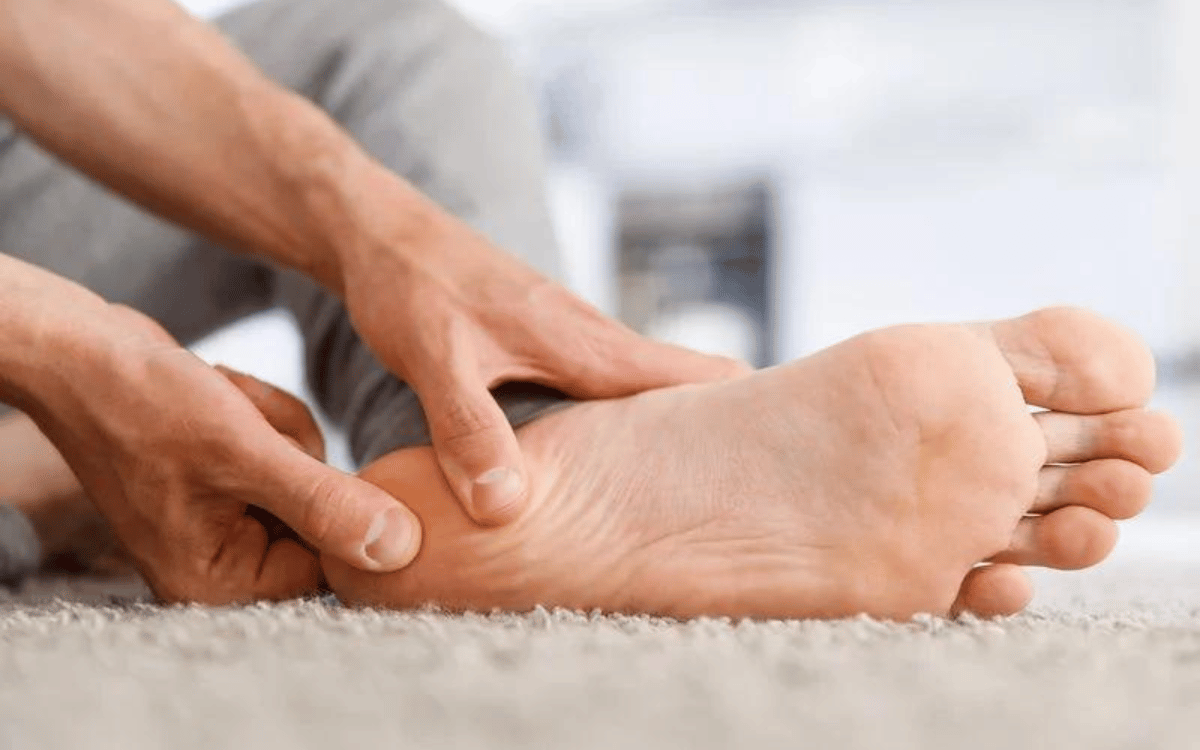
Podiatry, a branch of healthcare, focuses on the diagnosis, treatment, and prevention of conditions affecting the feet, ankles, and lower limbs. As the foundation of movement, these areas play a role in overall mobility and quality of life. Podiatrists address a wide range of issues, providing care that supports patients’ comfort and functionality. Understanding podiatric conditions, specialties, education, and tools is beneficial for individuals interested in foot care or a career in podiatry.
Common Podiatric Conditions
Podiatrists treat a wide range of conditions that can impact daily life and mobility. One of the most common issues is bunions, which involve the misalignment of the joint connecting the big toe to the rest of the foot. This can result in swelling, pain, and difficulty wearing certain footwear. Another prevalent condition is plantar fasciitis, characterized by inflammation of the thick band of tissue that runs across the bottom of the foot. It often leads to stabbing heel pain, primarily upon waking or after long periods of rest.
Podiatrists often handle diabetic foot complications, which may include ulcers, infections, and poor circulation. These conditions require specialized care to prevent serious outcomes, including amputation. By addressing these and other issues, podiatrists help patients regain comfort and maintain an active lifestyle.
Podiatry Specialties and Subfields
The field of podiatry encompasses several specialties, each focusing on different patient needs. These include:
- Sports Medicine: Managing foot and ankle injuries in athletes, from sprains to stress fractures, while optimizing performance and recovery.
- Pediatric Podiatry: Addressing developmental issues and conditions in children, such as flat feet or gait abnormalities.
- Wound Care: Treating chronic foot wounds, often related to diabetes or poor circulation, to promote healing and prevent complications.
- Surgical Podiatry: Performing surgeries to correct structural issues or injuries, such as bunion repair or tendon reconstruction.
- Geriatric Podiatry: Focusing on age-related foot problems, including arthritis, brittle nails, and balance issues, to enhance mobility and independence.
Podiatric Education and Training
Becoming a podiatrist requires extensive education and training. It begins with an undergraduate degree in sciences such as biology or anatomy, followed by four years in podiatric medical school, where students study lower extremity anatomy, biomechanics, and treatments. Graduates then complete a four-year residency, gaining hands-on experience in medical and surgical care for foot and ankle conditions. Some may pursue additional fellowships to specialize in areas like limb salvage or pediatric care.
Diagnostic and Treatment Tools
Podiatrists utilize a variety of tools and technologies to provide accurate diagnoses and effective treatments. These include:
- X-ray Imaging: A tool used for examining bone structure, identifying fractures, and assessing joint integrity.
- Orthotics: Custom-designed shoe inserts that improve foot alignment, support, and comfort for various conditions, including flat feet and plantar fasciitis.
- Ultrasound Machines: Used for soft tissue imaging, particularly for diagnosing ligament injuries, tendonitis, and cysts.
- Surgical Instruments: Tools like scalpels and bone drills for performing corrective or reconstructive surgeries.
- Wound Care Supplies: Specialized dressings, skin grafts, and negative pressure devices for managing chronic wounds.
Explore the World of Podiatry
Podiatry plays a role in keeping people mobile, healthy, and pain-free. By addressing conditions ranging from minor injuries to complex chronic issues, podiatrists improve patients’ quality of life through dedicated care and expertise. If you are seeking more information about podiatry or a career in this field, take the time to discover the ways it supports lifelong health and movement.





